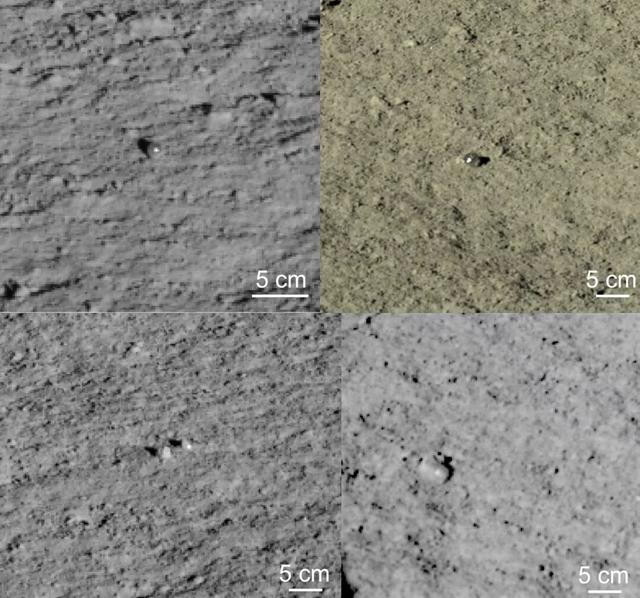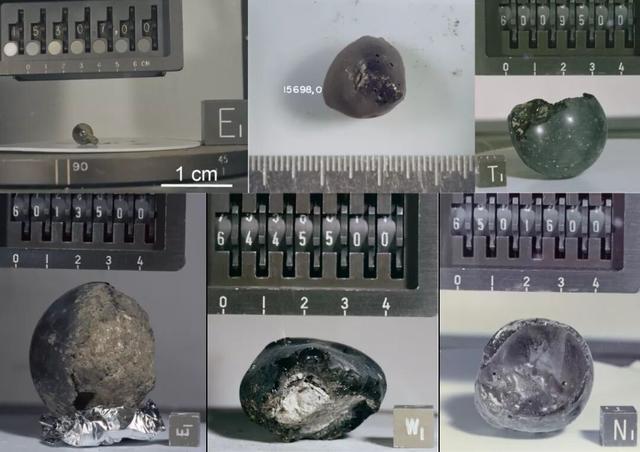Moon rover discovers glass
By ZHAO LEI | CHINA DAILY | Updated: 2022-02-25 09:17

Yutu 2 collects images of "globules" likely created during meteor impacts
After finding a "mystery hut" that turned out to be a rabbit-shaped rock, China's Yutu 2 lunar rover has once again spotted interesting things on our celestial neighbor-two glass spheres.
A group of Chinese researchers, headed by Xiao Zhiyong from the Planetary Environmental and Astrobiological Research Laboratory at Sun Yat-sen University in Guangzhou, Guangdong province, published the finding in the latest issue of Science Bulletin, a scientific journal co-sponsored by the Chinese Academy of Sciences and the National Natural Science Foundation of China.
In their article, the scientists said Yutu 2 spotted two "macroscopic translucent glass globules" during its exploration of the Von Karman crater on the moon's far side, and then captured images of them using its panoramic camera.
No composition data has been obtained for the globules, but their unique morphology and local context suggest they are most likely glass produced during impact events rather than being of volcanic origin or delivered from other planetary bodies, the researchers said.

The article concluded that the globules are different from the glass beads retrieved by the United States' Apollo missions, as they are larger and exhibit colors.
The scientists wrote that, "as the first discovery of macroscopic and translucent glass globules on the moon, this study predicts that such globules should be abundant across the lunar highland, providing promising sampling targets to reveal the early impact history of the moon."
Wang Yanan, editor-in-chief of Aerospace Knowledge magazine, said glass beads are natural recorders of information about the moon's history, including the composition of its mantle and impact events.
Such globules form when silicate material is subjected to high temperatures. In the long history of the moon, there had been extensive volcanism, resulting in the formation of volcanic glass. Meanwhile, impacts from smaller bodies such as meteorites also created intense heat that turned silicate material into glass, Wang said.
By Thursday, Yutu 2 had been operating for 1,148 Earth days, cementing its status as the longest-working rover on the moon.
Before it, the record was held by its predecessor-Yutu-which worked on the moon for 972 days.
It has traveled nearly 1,050 meters on the moon and is currently in a lunar-night dormancy session, the China National Space Administration said.
Yutu 2 is part of the ongoing Chang'e 4 robotic probe mission, humanity's first endeavor to land on and closely observe the far side of the moon.
The mission was launched by a Long March 3B carrier rocket in December 2018 at the Xichang Satellite Launch Center in Sichuan province.
The probe made a soft landing on the far side on Jan 3, 2019, and then released Yutu 2 to start exploring the landing site in the South Pole-Aitken Basin, the largest and deepest known basin in the solar system.
























